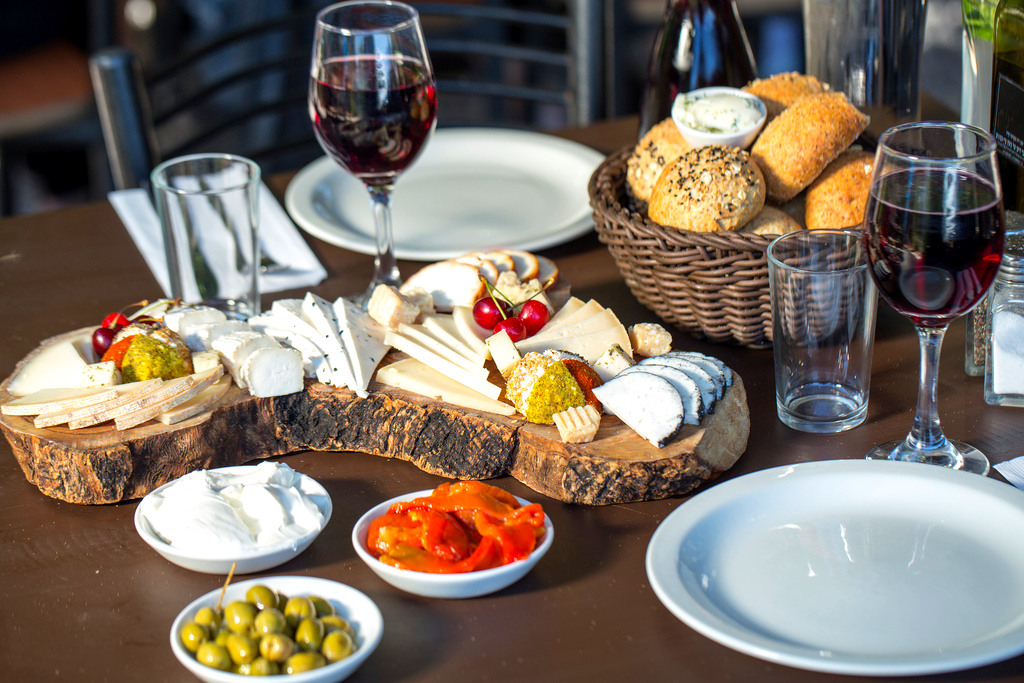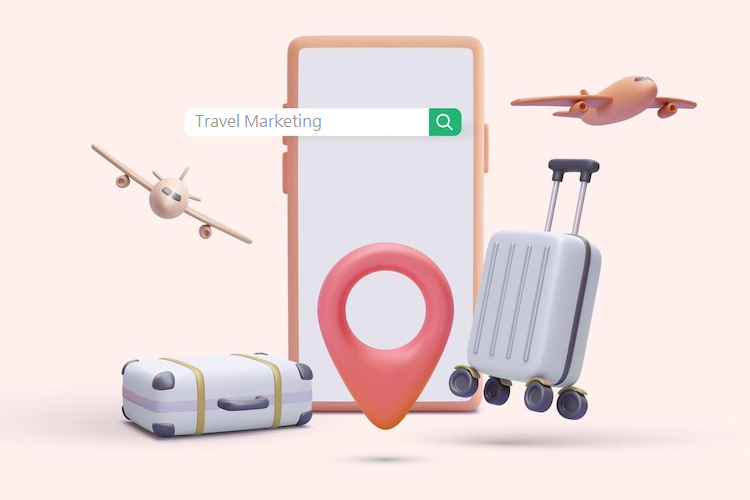Bartending is one of the most common jobs travelers take to earn a little extra pocket change as they venture the globe. It makes sense; the two go incredibly well together. Bartending affords travelers the opportunity to be sociable with locals, pick up some regional idioms, delve into the neighborhood nightlife, and earn cash tips to keep them moving.
But if you’re planning on coming to the states to serve drinks, there are a few things to know in advance. Working at any job in the US requires jumping a few hurdles – add in alcohol, and there’s a small extra step you need to take. This article details a few important considerations surrounding permission, certification, and successful application as a bartender in America.
Strap on your waist apron, grab a pen and notebook, and let’s get started.
Obtaining a Visa or Work Permit
The first hurdle to cross is permission – a visa or work permit from the US government stating that you’ve been cleared for temporary employment.
If you’re a student traveler, the process is relatively straightforward as you can apply through Work and Travel USA, a Department of State program that offers J-1 visas to visiting students.
If you aren’t currently attending a post-secondary institution, your prospects are still good – but the process is slightly more complex. You will need to visit the Department of State webpage for temporary worker visas, where you’ll be asked to complete an “H-2B” application (Temporary Non-agricultural Worker visa). You’ll gather documents, pay a fee, conduct an interview and stand by for a variable wait time as the bureaucracy works its magic.
Getting Your Alcohol Server Certification
The next requirement you need to satisfy is certification. Each state differs in its requirements, so be sure to check your destination’s laws and regulations before you travel for work.
As an example, let’s take California – perhaps the most popular destination among globe-trotters. Recently, the state rolled out its Responsible Beverage Service Training Act, requiring alcohol servers in the state to complete a comprehensive Responsible Beverage Service (RBS) Training Program. As of this July, all bartenders need a valid RBS certification to serve alcohol.
Before (or while) you hand out resumes, get training for RBS certification from Userve, which offers a program approved by the Department of Alcoholic Beverage Control. During training, you’ll learn about safety, best practices, pertinent laws, impacts of alcohol and impairment signs: everything you need to be a responsible bartender in California. Next, you’ll take the state exam; you get three tries for a score of 70% or higher.
Handing Out Resumes
With the legal and technical requirements satisfied, you can turn your attention to procuring a job. Resume best practices vary according to locale, establishment, the strength of the local job market, etc. A bar might hire you without behind-the-bar experience, or they might require years of experience. You won’t know until you try.
In any case, be honest and forthcoming with your experience (or lack thereof). Include relevant background, like cicerone certification, restaurant experience, or anything food/liquor-adjacent. And lay out your resume to include work experience at the top (employers tend not to like candidates who “bury the lede”!) Lastly, be sure to prominently feature your RBS certification!
Learning the Local Lingo and Products
Lastly, have fun learning the local lingo and products. Aren’t sure who this Harvey Wallbanger is? Don’t know where to reach when someone asks for a California Common or Steam Beer? Take the time to research your destination for idiosyncratic drink orders, brands and jargon. Knowing the local language may help you in the interview process – and it will certainly help once you start behind the bar.
If you plan on serving drinks as you travel the United States, it pays to be prepared. Apply for a work permit, obtain the necessary certification, put your best foot forward and learn the local lingo. Cheers!




